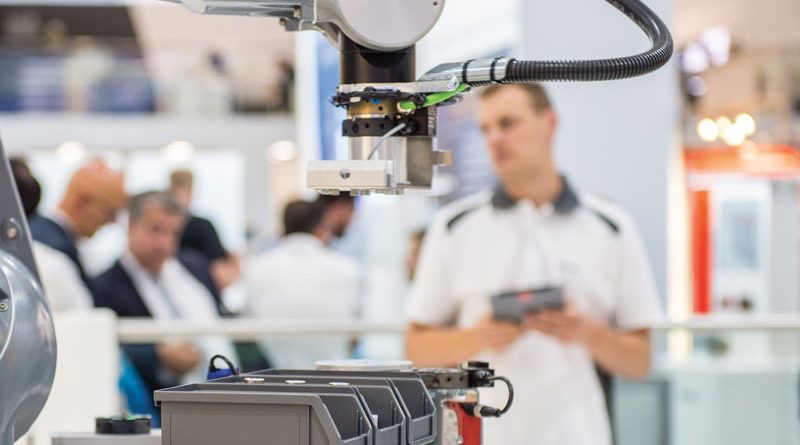Italy and the Robots: The Honeymoon Is Not Over
Data on the sale of robots in Italy have been released, curated as usual by the Statistics Working Group of SIRI. In line with the trend of recent years, 2018 was also characterized by quite a strong growth (+13.9%) in industrial robots sold in Italy for a total of 7,895 units, including six-axis and SCARA robots.
While general industry records an increase in sales, the number of robots for assembly tasks is rather stable.
by Fabrizio Garnero
For the first time, in 2017, the threshold of two million robots operating worldwide was exceeded, with 2,098,000 industrial robots at work all over the world (+15% compared to 2016). Looking to the near future, such a huge global growth is expected to continue: between 2018 and 2021 more than two million new industrial robots are expected to be installed (CAGR 14%). Total annual global sales will exceed 600,000 units in 2021, with Asia still at the top of sales and stock, followed by Europe and the Americas.
Robotics and automation will therefore increasingly shape our future way of working, with enormous potential for improving productivity, quality, safety, profitability and competitiveness in manufacturing.
Italy needs robots
This is the picture sketched by the IFR (International Federation of Robotics) on a global scale. But what happens in Italy? As every year, the Statistics Working Group of SIRI, with the collaboration of the UCIMU Research Center, has carried out the usual six-monthly statistical survey involving robot manufacturers working on the Italian market. “Obviously, we are not talking about the impressive figures related to China – where sales of industrial robots increased by 59% in 2017, reaching 138,000 units – but rather about data that, with the appropriate proportions, impress in the same way and outline a healthy sector”, says Domenico Appendino, President of SIRI, who adds: “7,895 six-axis and SCARA robots surveyed in 2018 (of which, the first group accounts for 89%) represent in fact the best figure ever for our country. In fact, Italy, for the fifth year in a row, shows a growing volume of annual sales, with a growth rate of 13.9% of industrial robots sold in Italy. I would like to stress that we are talking about robots sold and not installed in Italy because, in fact, our system integrators, among the best in the world in providing answers and automation solutions based on the use of industrial robots, contribute with their work in a substantial way to such an increase”.
The growth of the general industry and the role of system integrators
Talking about the differentiation between robots ordered and not installed in Italy, the 7,895 total units are the result of the sum of 2,150 robots sold directly by manufacturers in our country (+12.7%) and over 5,000 – precisely, 5,745 (+14.4%) – robots ordered through third parties, which in the vast majority of cases are the many Italian system integrators.
As for sector analysis, the automotive industry has given way to the general industry which, with 6,089 units, certifies the effectiveness of the tax incentive provided by the National Industry 4.0 Plan. In fact, “only” 1,806 robots were addressed to the automotive sector, including production plants, Tier 1 and Tier 2. A figure that is nevertheless interesting, especially as for the role of integrators which, in this case, is mitigated by the consolidated relationship between the various manufacturers of robots and car manufacturers; in fact, 1,005 robots have been ordered directly and 801 were sold through third parties.
Speaking of General Industry, on the other hand, integrators are in charge of 4,944 robots ordered through third parties (16% more than in 2017), as opposed to the 1,145 units sold directly by robot manufacturers (-14.2%).
The best is yet to come
In terms of applications, however, 3,296 robots are sold for material handling (MH) tasks, 1,257 robots are used for machine tool handling and 1,094 units are used for palletizing applications.
A good percentage of growth was also affected by robots for deburring applications (+15.9%), with a growth in absolute values from 145 in 2017 to 168 in 2018. Other fields of application such as assembly robots (737 in 2018 compared to 741 in 2017; -0.5%) or foundry robots have remained basically unchanged or stable, with a decrease of a few units (423 compared to 442 in 2017; -4.3%).
It is clear that robotics and automation, in the future, will increasingly change and characterize the way we work, so much so that we are talking about forecasts that give the robotics sector further growth in the coming years. It would seem, in short, that the best is yet to come!

